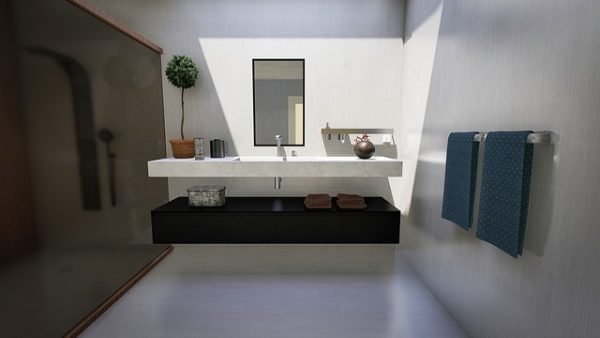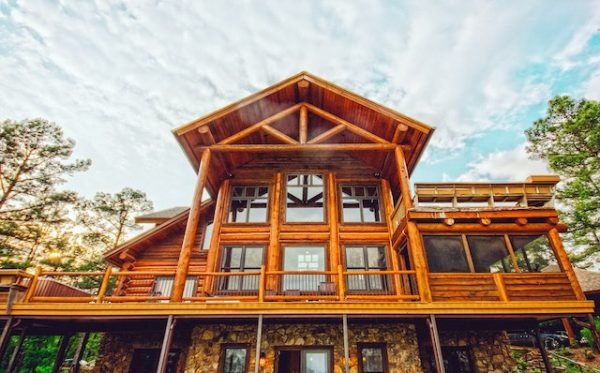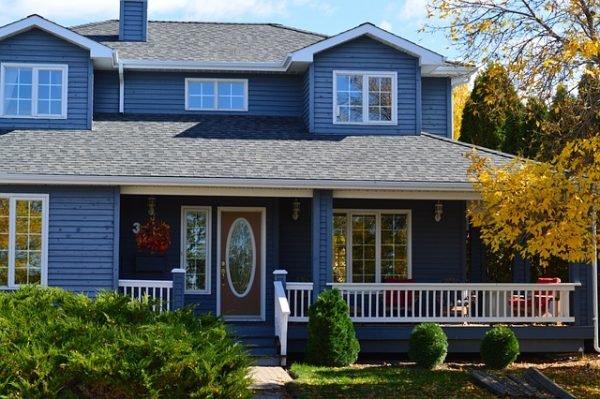Roscoe, IL, is a nice, intimate suburb with only about 11,000 residents. So, there’s a high chance that word will get around quickly. Now, unless you want the rest of the homeowners in your area to discuss how unkempt your house looks, you’d want to make an effort to improve its curb appeal.
The best part is that this effort won’t just make your house look pretty. Roscoe’s housing market is highly competitive. An average three-bedroom house gets sold for over $240K and barely stays on the market for a month. Yes, it’s a seller’s market. So, if you’re planning to sell your home in the near future, it’s time you start making amends to the exterior now. Like it or not, a buyer really cares how your home looks on the outside.
So, what can you do? Let’s find out.
1. Replace the Siding
Your house’s siding isn’t only an aesthetic element; it’s also functional. It improves insulation and protects your property from the elements. Sadly, over time, it may face a few issues.
· Weathering and pest infestations can cause cracks and holes
· Humidity can cause mold growth
· Excess UV exposure can dull the color
· High winds can loosen the shingles
Most homeowners neglect these issues, assuming it’ll take a lot of money and time to fix them. However, if you do it right and work with a local siding replacement company, you’ll be able to get the job done within your budget.
The experts will also be able to help you with selecting the right type of siding material. Factor in your location’s weather, the costs, and the maintenance required to make an informed decision.
2. Keep Your Garden in Order
Roscoe is a fantastic spot for gardening enthusiasts. The climate allows for plants to thrive, and the pleasantly warm summer days are perfect for you to enjoy time relaxing in your front yard. Use this to your advantage to easily boost your home’s curb appeal.
Mow the lawn regularly, trim the hedges and shrubs, pull out weeds, and water the plants.
You can also plant some native flowers to add more color and vibrancy to your garden. Blazing Star, Butterfly Weed, and Wild Columbine will all look nice. Or how about some fruits and vegetables?
And, of course, keep your garden clean and well-maintained.
If you don’t have a green thumb or simply can’t make time for it, get a professional landscaping service provider on board.
3. Enhance the Front Door
We might not realize it, but sometimes it’s the littlest of things that can have the greatest impact. In this case, it’s your home’s front door. That large plank of wood can really turn things around for your home’s exterior presentation.
Try painting it in a new color, but be sure to pick a shade that compliments the rest of your house. For example, if your siding is light blue, a black front door would work really well. You can also install new hardware. Think of a modern door knocker in matte black or brushed bronze, paired with a sleek handle and matching lock.
You can also add a touch of your personality by hanging a handmade wreath or rolling out a welcome mat that has a catchy message.
4. Get New Windows
When was the last time you gave your windows a good wash? Been a while, right? Well, we aren’t surprised; windows don’t usually get the TLC they deserve. Dust streaks, spiderwebs, water stains, and cracks all affect your house’s curb appeal, and that last point might even be responsible for causing a spike in your energy bills.
So, get your windows replaced before you put up the ‘for sale’ sign. Choose from a variety of styles like single or double-hung, casement, bay, or garden windows. You can also opt for energy-efficient options like Low-E glass and Argon gas-filled panes. These will help in keeping your home comfortable while also reducing your carbon footprint.
While you’re at it, pay some attention to the window treatments, too. You can go for simple yet elegant curtains or trendy blinds and shades, depending on your personal style.
5. Work on the Lighting
Never underestimate the power of lighting. It can highlight the architectural standpoints of your home, enhance security at night, and create a serene vibe when done right. You just have to know how to use it well.
For walkways and driveways, use some low-voltage LED lights. Ground lighting, brick wall lights, and bollards will all do a great job. They’ll illuminate the path and subtly draw attention to your home’s exterior.
Wall-mounted porch lights are ideal for adding a warm glow, while spotlights can accentuate certain features like trees and fountains.
If you want to add a touch of whimsy, install lanterns, drape string lights, or DIY some mason jar candle holders to hang from your trees.
6. Resurface the Driveway
If you think no one notices the annoying potholes and alligator cracks in your driveway, you’re wrong! They call attention to themselves, especially when someone drives over them, sending a message that you don’t really care about taking care of your home.
But you can fix this problem without breaking the bank. Resurface your driveway to give it a smooth and polished look. You’ll also avoid any incidents of tripping or falling over these eyesores in the future.
If asphalt isn’t your thing, go for gravel, concrete, brick pavers, or natural stone. Which one you pick depends on your home’s architecture and your budget. For example, brick pavers will look great with traditional homes, while modern homes can sport a concrete or gravel driveway. If you go for gravel, you can enhance your drive’s aesthetics and functionality by opting for a distinguished driveway with a gravelrings gravel grid system.
The Final Word
Your home’s exterior is what gives people the first impression of your property. It can make or break a deal, so investing time and effort into it is essential.
Use these tips to make sure your home stands out from the rest on the market and attracts potential buyers with its stunning exterior. Make them fall in love at first sight!
However, we don’t recommend undertaking all of these projects at once. Plan out your budget and prioritize which areas need the most attention. This way, you won’t feel overwhelmed, and your home’s curb appeal will continue to improve over time. Remember, a little goes a long way!










